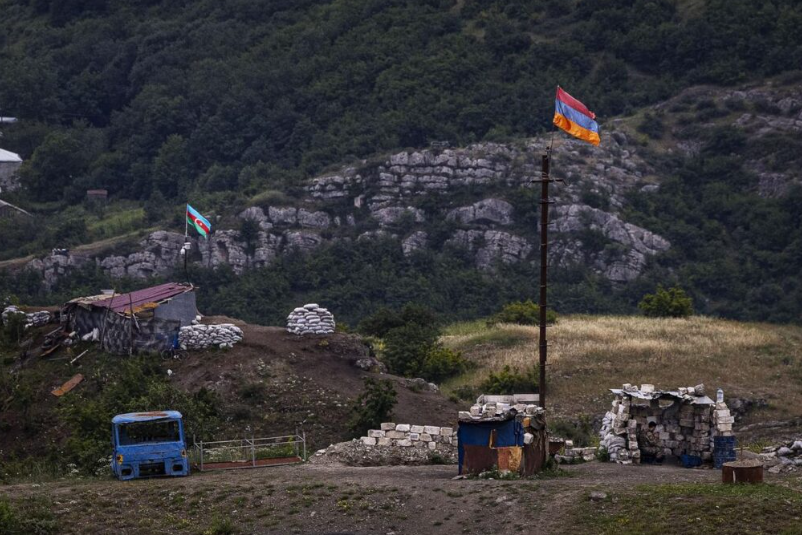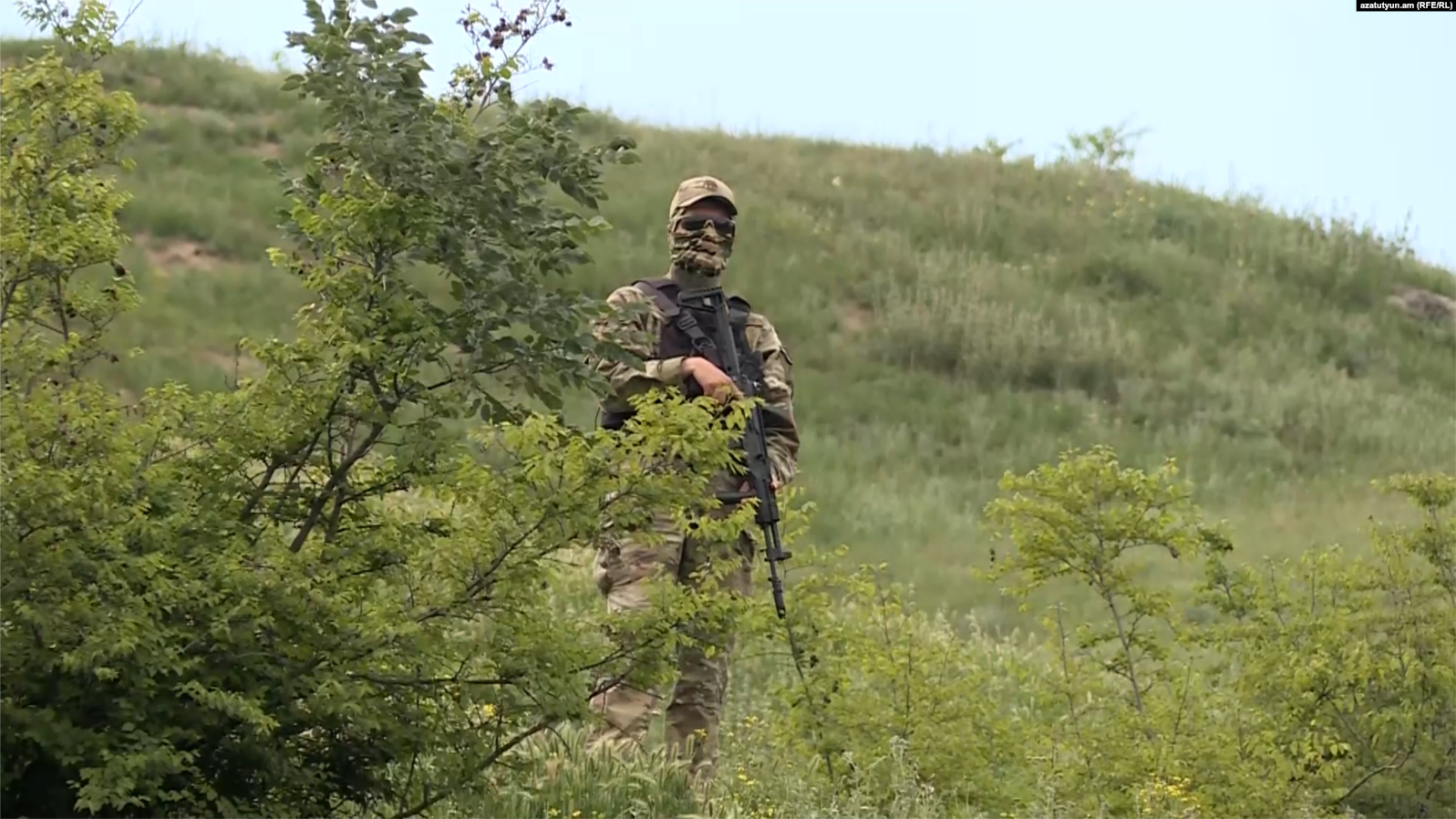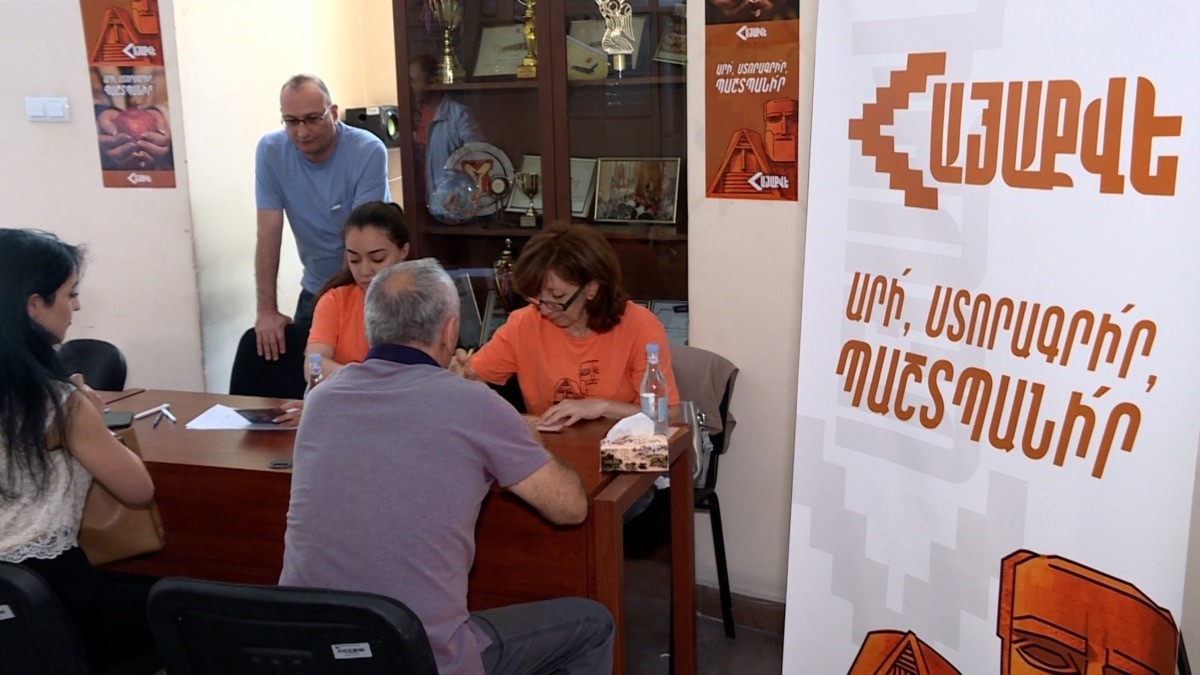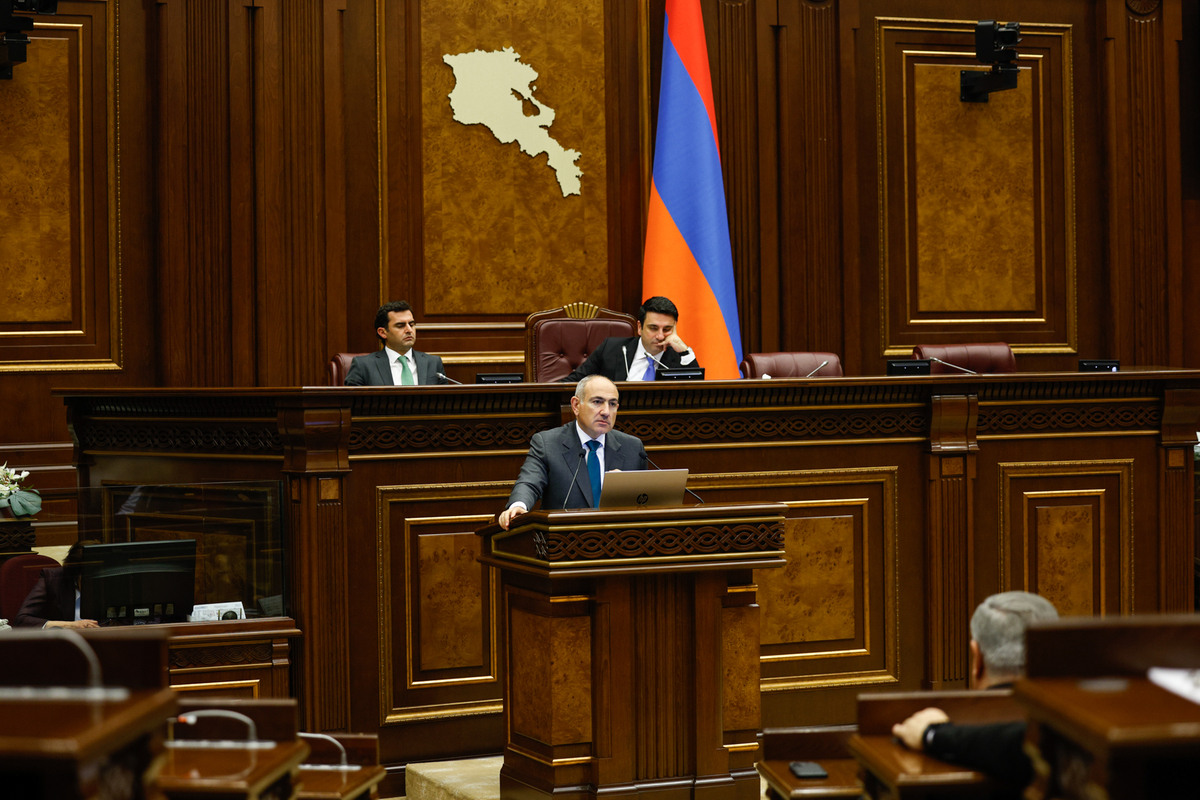Armenian Constitutional Court rules border delimitation regulation constitutional
Armenian Constitutional Court on delimitation
The Constitutional Court of Armenia has ruled that the regulation governing the joint work of the Armenian-Azerbaijani border delimitation commissions aligns with the country’s constitution. This decision allows the document to proceed to the National Assembly for ratification.
While the civil initiative “Hayakve” argues that approving the regulation undermines Armenia’s constitution, Declaration of Independence, and national interests due to unresolved issues like the Nagorno-Karabakh conflict, Armenian authorities view it as a significant achievement. Prime minister Nikol Pashinyan hailed the agreement as the first legal framework between Yerevan and Baku but did not specify where delimitation would continue.
- Armenian government does not reveal compensation amount for border residents
- “Baku attempts to halt border delimitation process”: Opinion from Yerevan
- “Behind the movement against the borders demarcation – Russia and the 5th column in Armenia.” Opinion
“The obligations outlined in the regulation are consistent with the constitution”
The Constitutional Court reviewed the case in written form behind closed doors. The court entered deliberations on September 24, and the judges’ conclusion was made public only in the evening of the 26th. According to the Court’s statement, under Article 170 of the constitution, the decision is final and takes effect upon publication.
According to the Court’s ruling:
“The obligations outlined in the regulation on the joint activities of the Commission on the Delimitation of the State Border and Border Security between the Republic of Armenia and the Republic of Azerbaijan, as well as the State Commission on the Delimitation of the State Border between the Republic of Azerbaijan and the Republic of Armenia, are consistent with the constitution.”
All relevant cartographic documents will be used
Yerevan and Baku announced the agreement on the regulation for joint work of the delimitation commissions two months later than planned, on August 30. Initially, the agreement was expected by July 1. A few days after both sides signed the document, the Armenian government also published its text.
According to the regulation, the parties agreed to carry out the delimitation based on the 1991 Alma-Ata Declaration. However, the document allows for the possibility that, after the signing of a peace agreement, the process could be governed by different principles:
“If a future peace and interstate relations agreement between the Republic of Armenia and the Republic of Azerbaijan provides for other regulations, then this foundational principle will be aligned with the principles set by the aforementioned treaty.”
Additionally, the document specifies that Armenia and Azerbaijan will use “all relevant cartographic documents” during the delimitation process.
The regulation consists of seven articles detailing the technical and substantive aspects of the process. For instance, the parties may consider optimizing the border line to ensure the safety of border villages, the operation of engineering, energy, transport, and other infrastructures, as well as the use of water resources.
Delimitation process unacceptable without diplomatic relations
Members of the civil initiative “Hayakve” argue that it is unacceptable to conduct delimitation between Armenia and Azerbaijan based solely on the agreed regulations between the commissions. They insist that delimitation without established diplomatic relations is inappropriate, as “this significantly increases the likelihood of aggressive actions by Azerbaijan” against Armenia.
The initiative’s members released a statement outlining their arguments:
- “It is unacceptable to consider the 1991 Alma-Ata Declaration as the basis for the delimitation of the state border between Armenia and Azerbaijan when no accompanying map is provided.
- The preamble’s clause allowing for the possibility of adopting another fundamental principle of delimitation and demarcation beyond the Alma-Ata Declaration carries the risk of Azerbaijan making new territorial demands on Armenia.
- The idea of partial delimitation mentioned in the regulation serves Azerbaijan’s interests.”
Regarding the delimitation and demarcation that has already occurred along the Tavush-Gazakh section, the initiative members described it as “illegal”:
“In this process, only Baku benefited, as it unilaterally improved its positions without withdrawing its armed forces from the occupied territories of the Republic of Armenia. As a result of the partial and illegal delimitation, a de facto change and annexation of Armenian territory by Azerbaijan has already occurred. According to Article 89 of the Armenian constitution, this is only possible through a collective expression of the will of the people – via a referendum. There is no guarantee that this regulation won’t serve the same unconstitutional purpose in the future.”
“Hayakve” believes that diplomatic relations between Armenia and Azerbaijan must be established first, which is only possible through “a comprehensive review of key issues in bilateral relations, primarily the Karabakh issue.” The members emphasize that the Alma-Ata Declaration should not be interpreted as a renunciation of the right to self-determination for Karabakh Armenians.
Armenian Constitutional Court on delimitation
At the end of last year, “Hayakve” proposed that the Armenian parliament amend the criminal code to impose a sentence of 10 to 15 years in prison for “recognizing Artsakh as part of another state on behalf of the Republic of Armenia, as well as for renouncing international recognition of the Armenian Genocide” of the early 20th century. The parliament voted against including the bill on the session’s agenda.





















